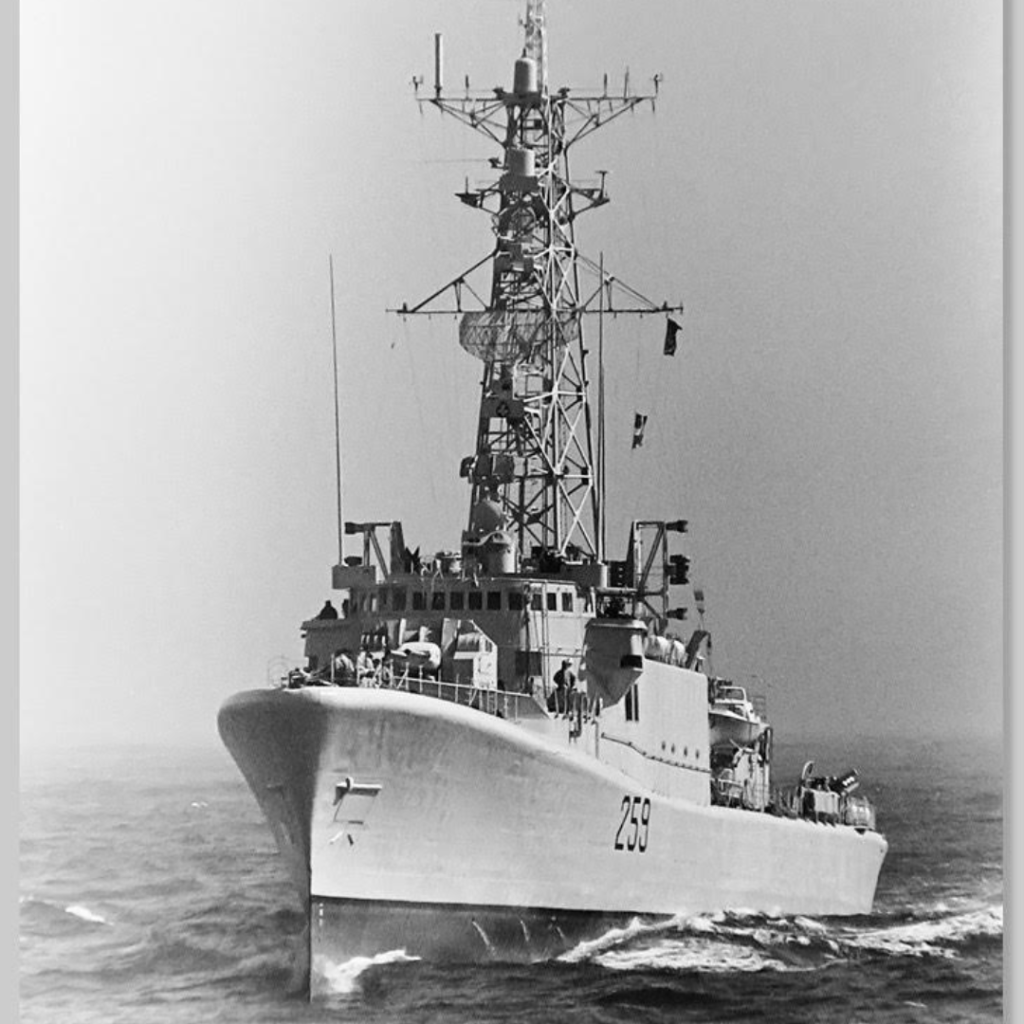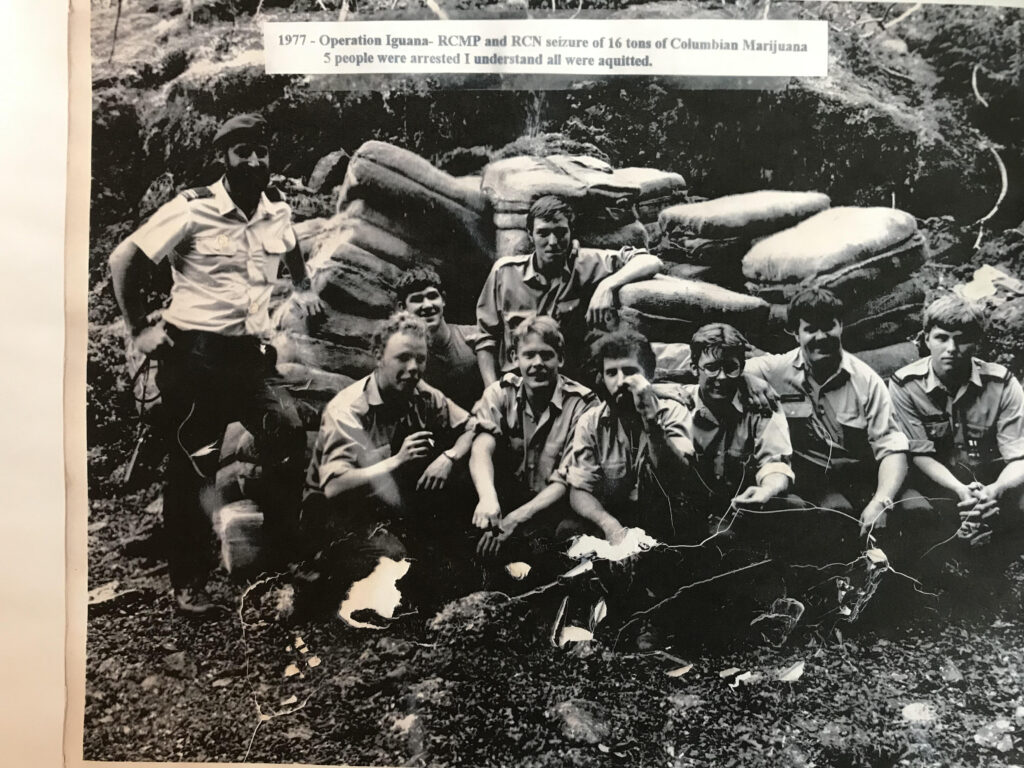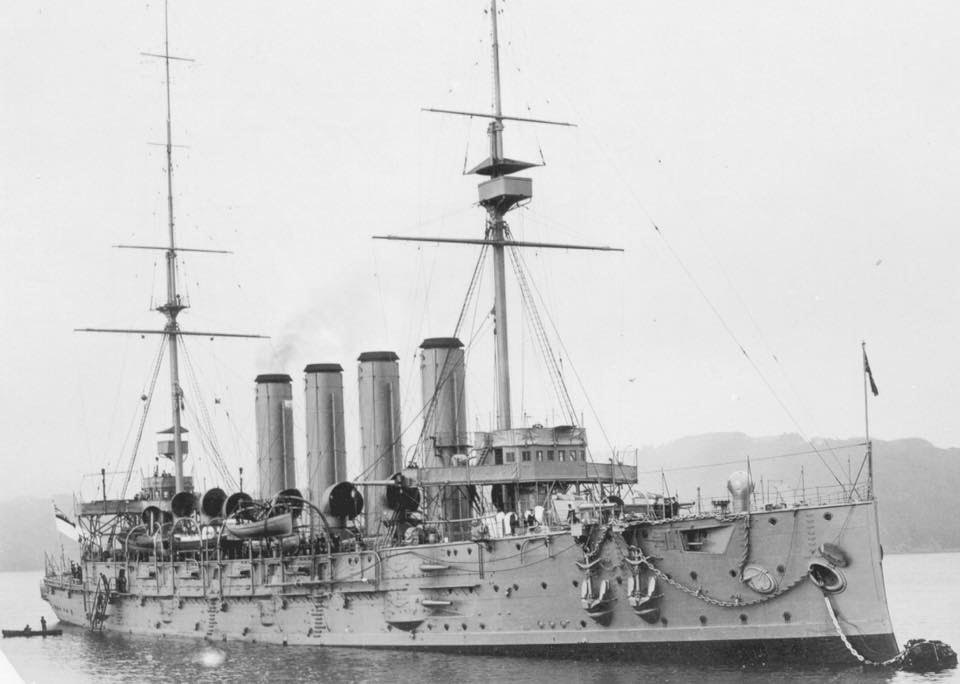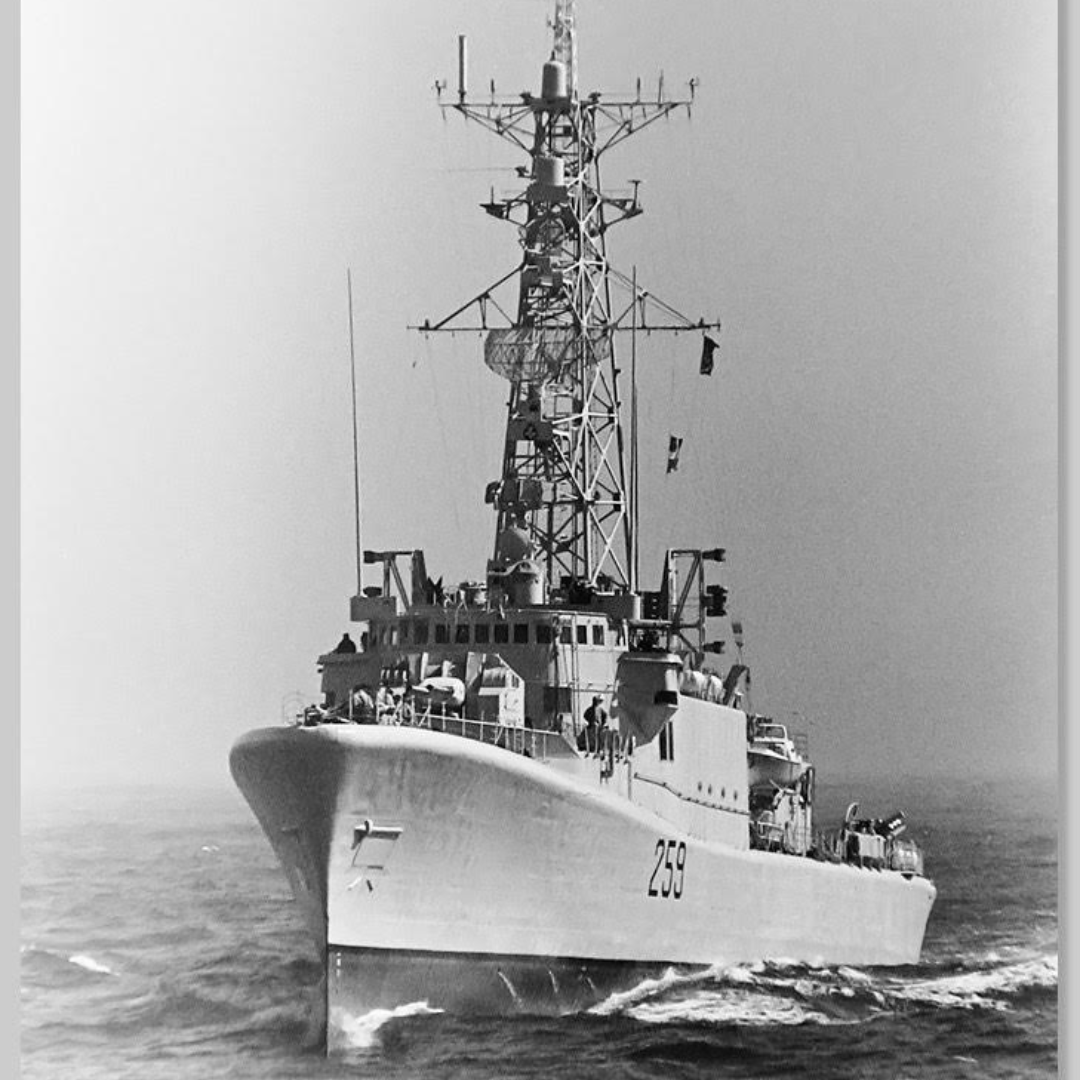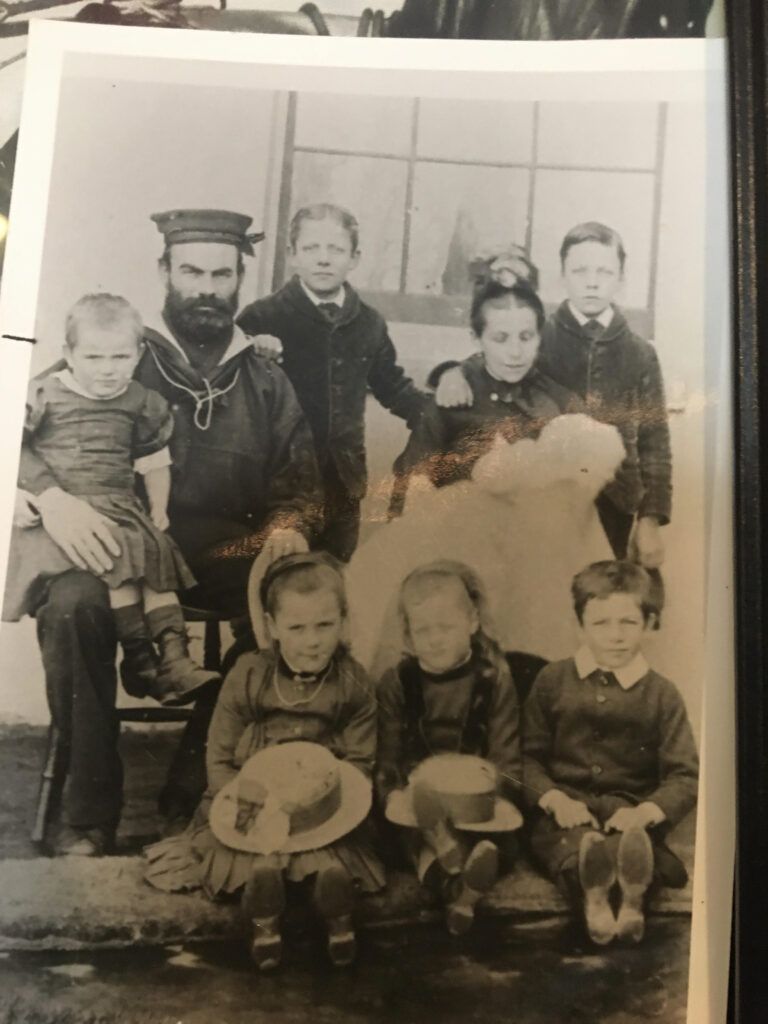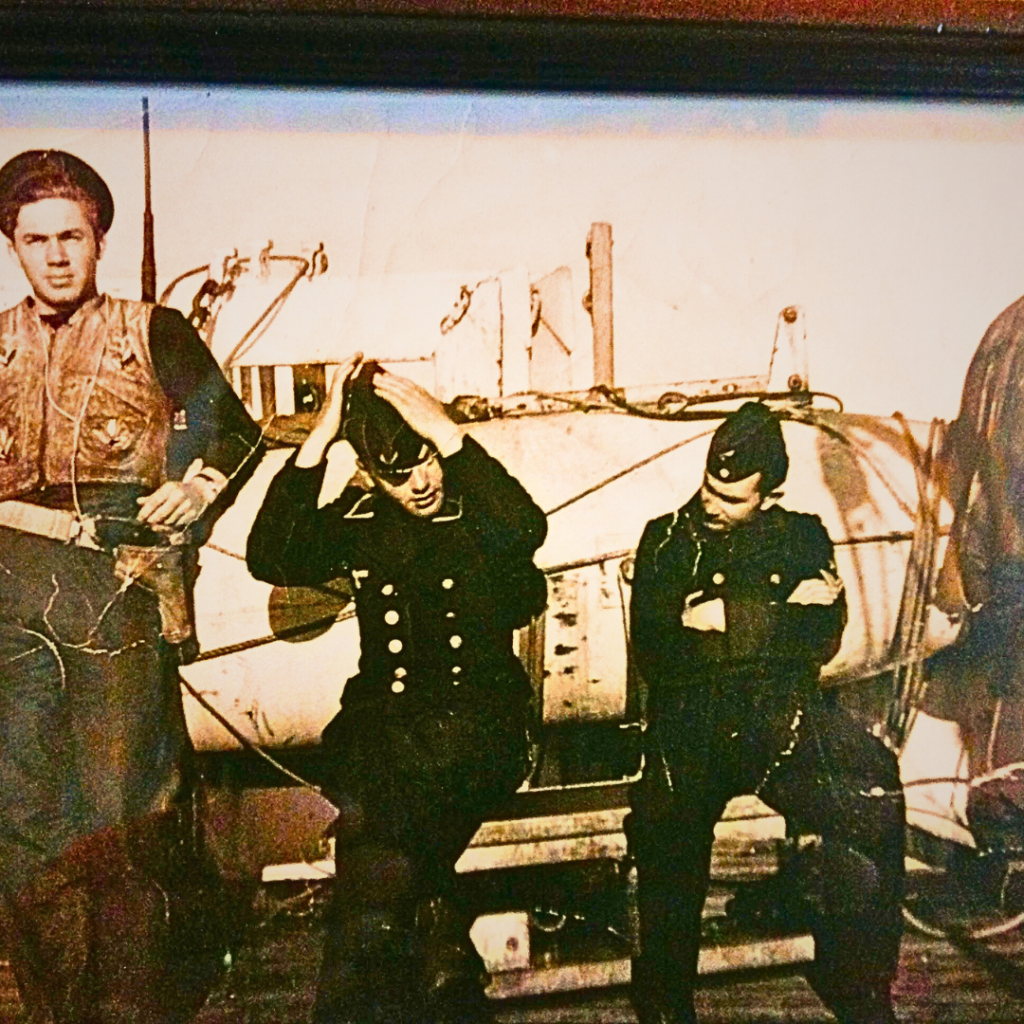A Legacy of Service: The Truscott Family’s Military History
As Remembrance Day draws near, Bill Truscott reflects on his family’s profound legacy of military service, spanning generations and branches of service. His story is deeply intertwined with Canada’s history, showcasing the courage and dedication of his ancestors who served in pivotal roles in the Royal Navy, Canadian Navy, and Canadian Army. Their sacrifices are a powerful reminder of the cost of freedom, making Remembrance Day a deeply meaningful observance for the Truscott family and the Creston community.
Generations of Service: A Family’s Journey Across Continents and Conflicts
Bill’s great-grandfather set the foundation for this legacy when he joined the Royal Navy, where he rose to the rank of Chief Bosun’s Mate before eventually joining the Coastguard. After his naval service, he managed an old seamen’s home in London for a university society, and later, in 1904, he brought his family to Canada. Alongside Reverend George Lloyd and Reverend Robert Barr, Bill’s great-grandfather helped found Lloydminster, a town straddling the Alberta-Saskatchewan border. Seeking new opportunities, he moved his family to Creston in 1912 after reading a brochure about the area’s fertile farming land.
Bill’s great-grandfather’s legacy extended through his children, including his son, a shipwright who joined HMCS Niobe, Canada’s first warship. Part of the Niobe’s original crew in 1917, this great-uncle served valiantly as Canada’s fledgling navy took to the seas during World War I.
Another of Bill’s great-uncles, Lew, fought in the Canadian Army, joining the South Saskatchewan Regiment and fighting in the Battle of Vimy Ridge—the first of many critical battles for him in WWI. His bravery and resilience carried him through years of intense conflict, but tragically, he was killed at Bourlon Wood along with Jason Truscott’s Grandfather on September 29, 1918, during the final push of the war. He rests in the Canadian cemetery at Dury, France, a reminder of the ultimate sacrifice he made.
Bill’s Father: From Farming to Fighting in WWII
Bill’s father continued the family tradition of service in WWII, though his path was unconventional. In Grade 10, he announced to his school principal that he intended to quit school to join the military. Given that he was frequently absent to help with farming, his principal supported the decision, understanding his commitment to serve. Bill’s father then joined the Royal Canadian Navy as a signalman on the HMCS Thunder, a minesweeping vessel that played a vital role in Operation Venable off the coast of France.
The HMCS Thunder, a senior officer’s ship for the 31st Minesweeping Flotilla, was responsible for creating safe pathways for the D-Day invasion by sweeping the treacherous waters around France. This dangerous work was essential to the Allied advance through Europe. His father also supported the 1,000-plane raid that marked the war’s final European battles and joined the Pacific Fleet to prepare for action against Japan. However, after VE Day, he was stationed at HMCS Discovery in Vancouver, where he was eventually demobilized.
Learn more about the HMCS Thunder and its role in WWII.
The Truscott Family’s Continued Military Tradition
Lew’s older brother Don joined the Royal Canadian Air Force during WWII, serving in England as ground crew for Lancaster bombers. His work ensured that the bombers, essential to the Allies’ air strategy, were well-maintained and ready for combat. Like his father, Don returned to Canada after VE Day, demobilized after years of dedicated service.
Bill himself served in the 1970s, carrying on his family’s naval tradition. He joined HMCS Terra Nova as a radar plotter, working in a technologically advanced role that was essential for the ship’s operations. When he returned to Creston in 1979, he continued his family’s legacy of dedication to the land by joining his father on the family farm.
Reflections on Remembrance Day: Honoring a Deeply Personal Legacy
For Bill, Remembrance Day holds an intense significance. It’s a day to honor the sacrifices of his family and countless others who served and continue to serve. He reflects on his father’s courage in leaving school to join the Navy and his great-uncles’ bravery on the front lines of WWI. Each generation of the Truscott family upheld a legacy of resilience, loyalty, and service to Canada.
Bill believes that local communities like Creston play a crucial role in preserving these stories. He advocates for more education about veterans’ histories, particularly in schools, so that children can grow up understanding the sacrifices made for their freedoms. Recording these stories, teaching them, and ensuring they are remembered every November 11th are essential ways to keep the memory of these sacrifices alive.
Bill’s story reminds us of the importance of Remembrance Day as a time to honor not only those who served but also the enduring legacy they leave behind—a legacy that shapes and inspires communities, families, and future generations.

